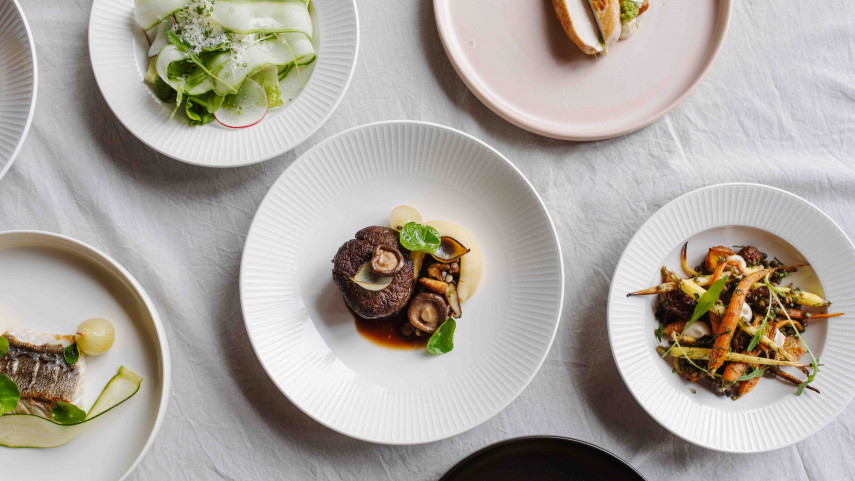
Supporting local a win-win for Venues Ōtautahi

Share this story
Christchurch’s events and venues’ company, Venues Ōtautahi, has switched to a catering model that emphasises using locally-grown and crafted ingredients - a move that is injecting millions into the Canterbury economy.
After 20 years of hiring an external catering company, Venues Ōtautahi (VŌ) decided last year to bring all catering in-house and source their food and drink locally wherever possible.
VŌ Chief Executive Caroline Harvie-Teare says they have increased their food and beverage procurement from Canterbury suppliers from 5 per cent to about 80 per cent. A further 14 per cent is sourced from the rest of New Zealand.
“We’ve completely redesigned our menus so we only require minimal ingredients from outside the region. Canterbury’s geographical position provides great soil and water, and the ideal climate creates excellent growing and farming conditions. That allows us to use some of the world’s best produce that’s right on our doorstep,''
Supporting local has also had unexpected benefits to VŌ’s bottom line, partly due to significantly lower shipping costs.
“The move has been an absolute win-win for everyone; we probably didn’t anticipate that it would be as positive or significant as what it has been,” says Ms Harvie-Teare.
"We’ve significantly reduced our costs, while the quality of the food and drink we’re providing is the best it’s ever been.”
The shift is forecasted to provide a $1.7 million annual direct economic benefit to Canterbury businesses in the current financial year.
“As an example, for this year’s Super Rugby final we procured about 3,000 portions of hot potato chips from Rangitata. Over the past 12 months we’ve procured 6.5 tonnes of local beef and lamb, 28,195 Canterbury beers, 33,267 pours of Kaiapoi distilled gin and vodka and 620 sides of Akaroa salmon, just to name a few.”
“Even the oak wood we use to smoke our Akaroa salmon dishes is sourced locally.”
Ms Harvie-Teare estimates that by the time the Canterbury Multi-Use Arena opens, VŌ will be contributing $3-4 million annually to local suppliers.
“The Multi-Use Arena will definitely see us increase our volume, but there are also ways through the current design process that could enable us to really celebrate different local producers, or explore ways to promote other local products and services.”
